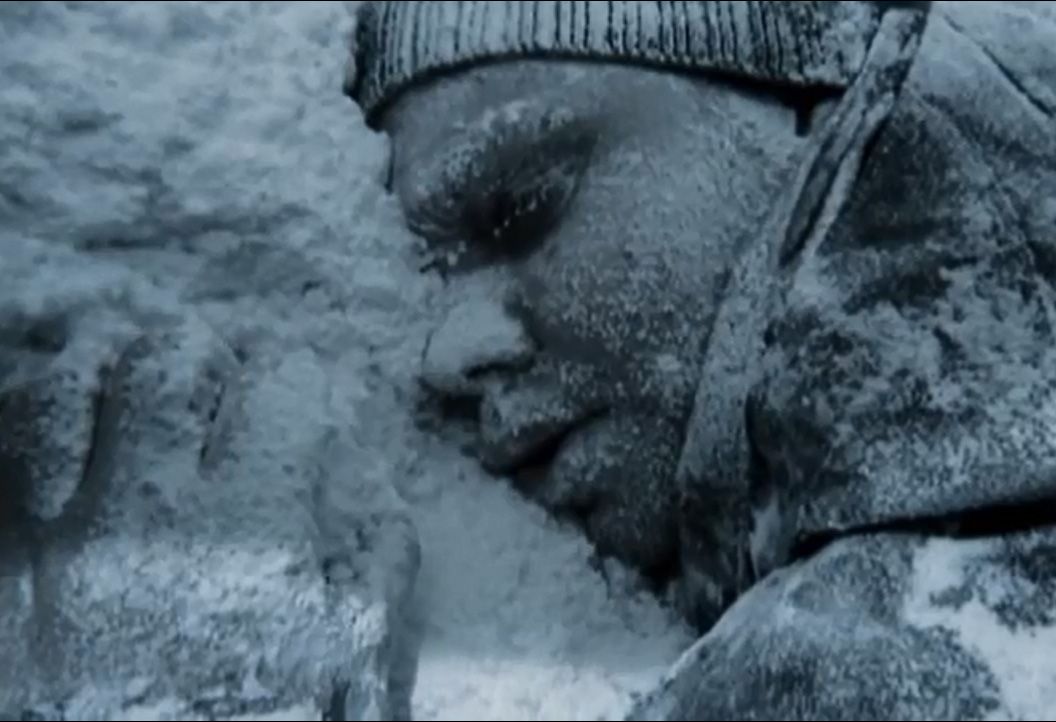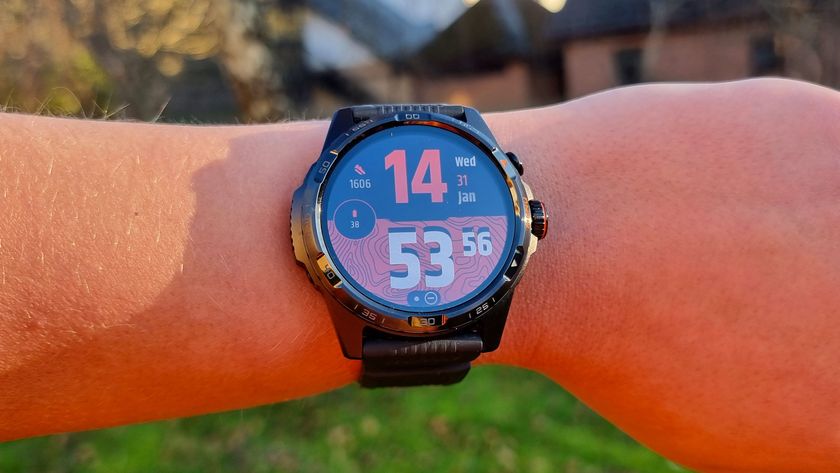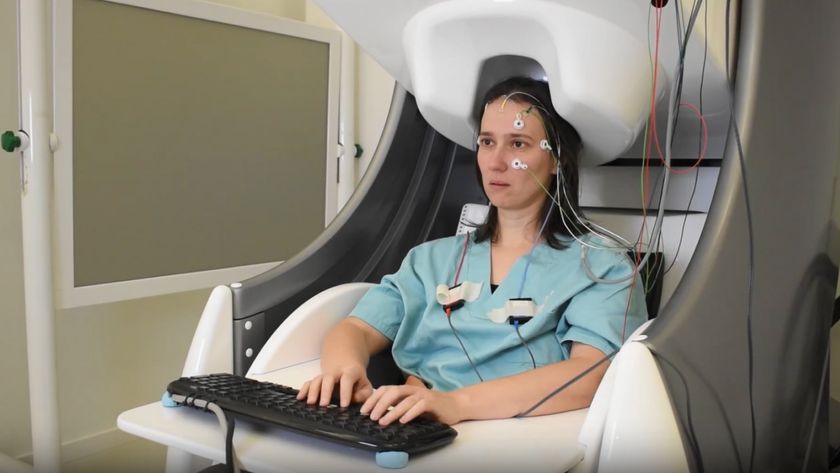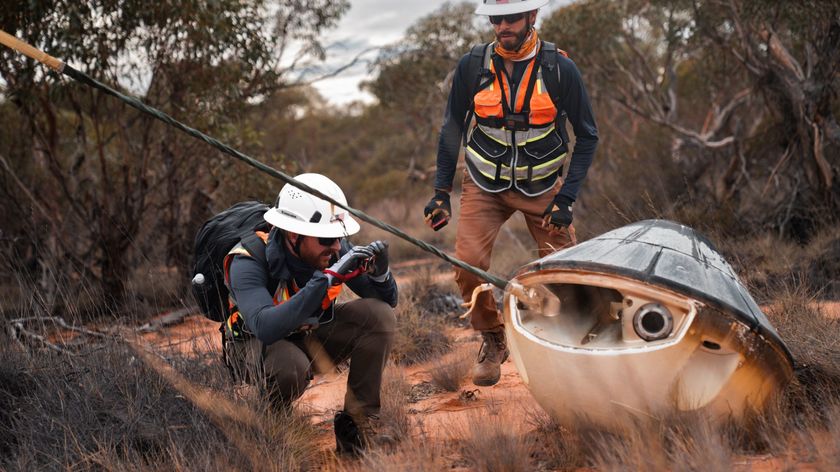Get Naked and Dig: The Bizarre Effects of Hypothermia

As winter weather rages across much of the United States, this may be a good time to review the risks of hypothermia, a condition that occurs when the temperature in the core of the body (as opposed to the limbs) drops to 95 degrees Fahrenheit (35 degrees Celsius) or lower.
When hypothermia sets in, a person will begin shivering, and most people have movement problems, such as stumbling, slowing down and poor coordination. People affected by hypothermia will also appear dazed, disoriented or confused, and may have slurred speech or act as though they were under the influence of drugs or alcohol.
If hypothermia becomes severe, respiration and heart rates can slow to dangerous levels — people can lose consciousness and may eventually die. But before losing consciousness, people suffering from hypothermia have been known to exhibit some bizarre behaviors that may, in fact, be a last-ditch effort to survive. [15 Weird Things Humans Do, and Why]
Terminal burrowing
It's well-known that warm-blooded hibernating animals will often dig or burrow into a small, enclosed den to spend the winter. The tight quarters surrounding their bodies can help to minimize heat loss.
Humans, in the final throes of severe hypothermia, exhibit a somewhat similar behavior known to researchers as "terminal burrowing." In a 1995 article in the International Journal of Legal Medicine, researchers from Germany described hypothermia victims "in a position which indicated a final mechanism of protection, i.e., under a bed, behind a wardrobe, in a shelf, etc."
Terminal burrowing behavior isn't widely studied or well-understood, but the German researchers described it as "obviously an autonomous process of the brain stem, which is triggered in the final state of hypothermia and produces a primitive and burrowing-like behavior of protection, as seen in hibernating animals."
Sign up for the Live Science daily newsletter now
Get the world’s most fascinating discoveries delivered straight to your inbox.
Paradoxical undressing
As strange as the terminal-burrowing behavior might seem, an act called "paradoxical undressing" is even more confounding. The term describes the behavior among many victims of extreme hypothermia of peeling off most or all of their clothing, increasing heat loss. [The 14 Oddest Medical Case Reports]
When rewarming the body of a hypothermic person with the body of another person, first-aid experts often recommend that both the victim and the "rewarmer" be naked or barely dressed. This facilitates the transfer of heat from the warm person to the person with hypothermia.
But that recommendation, researchers believe, has nothing to do with paradoxical undressing. To shut down the loss of heat from the extremities, the body induces vasoconstriction, the reflexive contraction of blood vessels.
Over time, however, the muscles necessary for inducing vasoconstriction become exhausted and fail, causing warm blood to rush from the core to the extremities. This results in a kind of "hot flash" that makes victims of severe hypothermia — who are already confused and disoriented — feel as though they're burning up, so they remove their clothes, researchers have concluded.
Paradoxical undressing often occurs immediately before terminal burrowing. The researchers in Germany investigating hypothermia victims noted in their article that "the final position in which the bodies were found could only be reached by crawling on all fours or flat on the body, resulting in abrasions to the knees, elbows, etc. This crawling … happened after undressing, as there were abrasions to the skin but no damage to the corresponding parts of the removed clothing." [Top 10 Mysteries of the Mind]
Hypothermia or crime?
Because of terminal burrowing and paradoxical undressing, victims of hypothermia have been misrepresented as victims of crimes. Some police investigators have erroneously believed that a person who is naked and deceased is the victim of sexual assault and murder, and their discovery inside a small, enclosed space — such as beneath furniture — looks like an attempt to hide the body.
On Wednesday (Dec. 4), a woman's body was discovered in dense shrubbery in Rochelle Park, N.J., in a state of partial undress. In addition to articles of clothing, liquor bottles were found near her body — the woman was known to have abused alcohol. There were no signs of sexual assault.
Overnight temperatures in the area were near the freezing point, and though a cause of death has yet to be confirmed, investigators have not ruled out paradoxical undressing and hypothermia, according to the Cliffview Pilot.
Avoiding hypothermia
Hypothermia occurs most often among people who abuse drugs or alcohol, the chronically ill, very old or very young people, and those who are malnourished, according to the National Institutes of Health.
The best ways to avoid hypothermia are to wear proper clothing, such as mittens (not gloves), hats, scarves, and dry, windproof layers of clothes. Take extra precautions in extremely cold and/or wet weather, high winds and around water — water pulls heat away from the body about 25 times faster than air.
Drinking alcohol can actually help bring on hypothermia, since alcohol — in addition to encouraging risky and irrational behavior — can also induce vasodilation, the opening up of blood vessels that results in bodily cooling.
Hypothermia is a serious condition and should be treated by a medical professional as soon as possible. First-aid treatments include warming the person with dry, warm blankets; person-to-person warming; applying warm compresses; and — if the victim is alert enough to swallow — administering warm, sweetened nonalcoholic fluids.
Follow Marc Lallanilla on Twitter and Google+. Follow us @livescience, Facebook & Google+. Original article on LiveScience.











